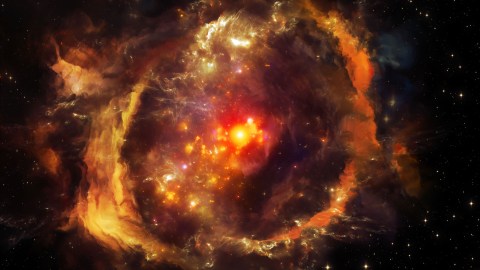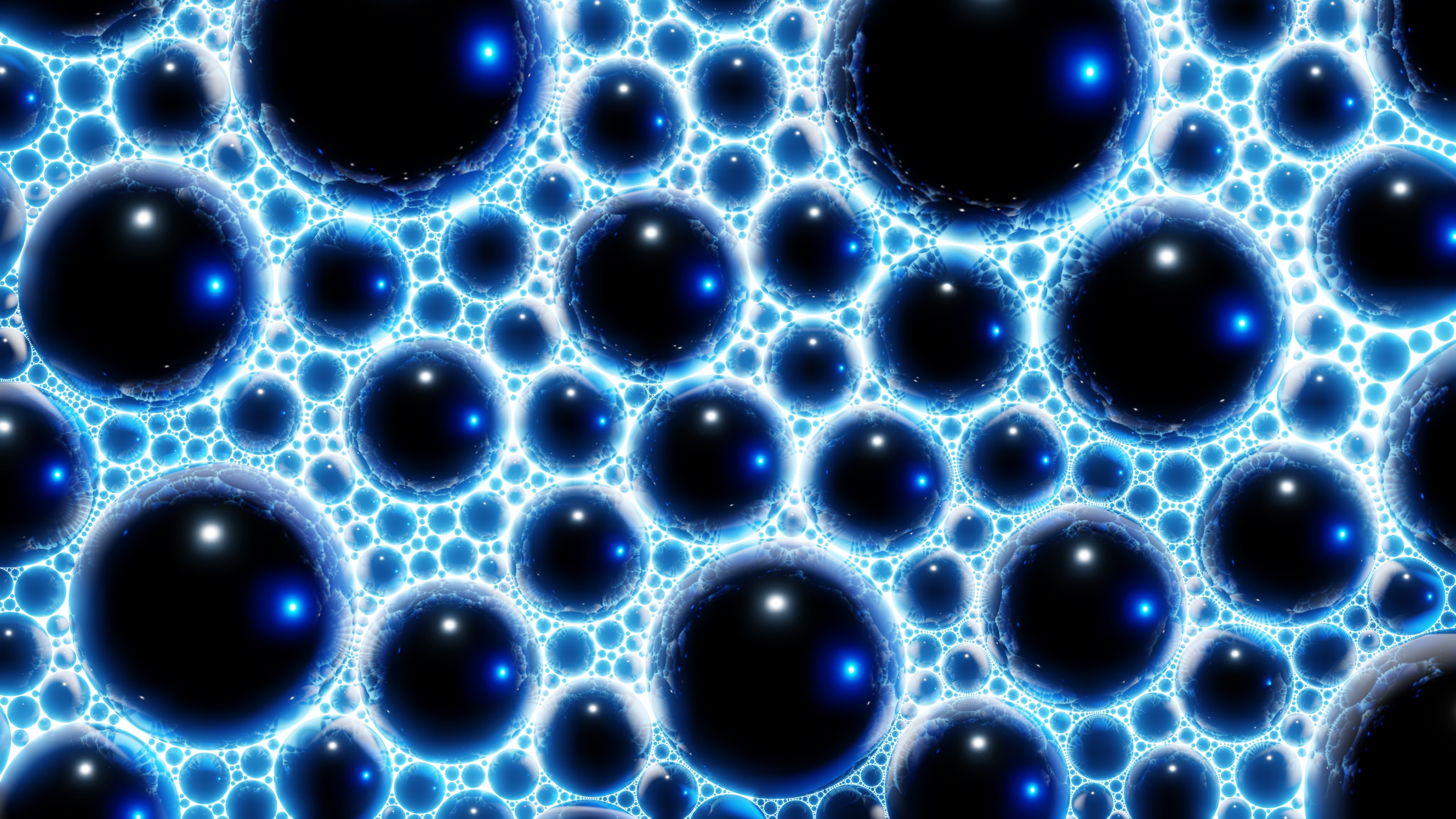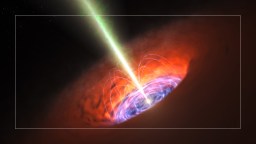Could the universe cause itself?

It stands among the most profound, persistent, and alluring questions humankind has ever asked.
We scrape out our lives on the surface of a glistening sphere of rock and water, spinning and wheeling through one solar system in a vast galaxy in a far more vast universe of galaxies. By the time we are able to gaze at the stars and wonder, we find ourselves thrown naked into the face of the question. It’s been asked in much the same way (and answered in widely different ways) across millennia, across oceans, and across cultures.
We exist. A world around us exists. Why? Why is there something rather than nothing? Where did it all come from? Has it always existed, or did it come into existence? These are fundamentally empirical questions, deeply embedded in philosophical categories, with enormous ethical and theological implications.
The ORBITER team has been attending the World Science Festival to keep abreast of the people and projects that are transforming the way we understand ourselves and our world. Prior to a session on antimatter and “the cosmic riddle of existence,” we had the opportunity to sit down with Neil Turok and Michael Doser, two of the leading physicists tackling the question of the origin of the universe.
Much of the session concerned the grand mystery of the missing antimatter. On most cosmological models, based on prevailing views of particle physics, the Big Bang should have produced equal amounts of matter and antimatter. The “creation” of something from “nothing” (although to this philosopher it’s questionable whether a field of energy or virtual particles with any properties whatsoever should be considered “nothing”) requires the production of particles and antiparticles in equal measure. The ledger of the universe should balance out. But if this were so, if equal amounts of matter and antimatter particles were created and remained equal in the infinitesimal first moments after the Big Bang, then the matter-antimatter pairs should have annihilated one another and left nothing.
Clearly matter exists, however, and we do find more matter than antimatter in the universe we observe. Why should this be so?
If there were 1,000,000,001 particles for every 1,000,000,000 antiparticles, that razor’s-edge imbalance could be enough to account for the universe we observe. But contemporary physics lacks any established mechanism for why there should be such an imbalance. Many of the proposed solutions depart significantly from the standard model of particle physics.
This is where Turok, who formerly taught at Princeton and Cambridge and now directs the Perimeter Institute for Theoretical Physics, enters the discussion with an intriguing new theory. Physicists have known for decades that antimatter particles are mathematically identical to their particle pairs if they were going backward in time. The wave function for a positron, for instance, is identical to what we would expect to observe in an electron if the arrow of time were reversed. Is this just a fun (and sometimes helpful) mathematical trick, or does it tell us something significant about our universe?
For Turok, the answer is clear. In his own words:
“So we’ve developed a mathematical model, in which, as the universe in which we reside was pulled into existence, an anti-universe was also pulled into existence. It precisely parallels the creation of an electron-positron pair.”
Properly put, whether we find ourselves in the universe or in the anti-universe is simply semantics. But this is where things get exciting. Turok proposes that the same dark energy that pulled our universe into being simultaneously pulled an anti-universe into being—but those universes headed in opposite directions in time. This anti-universe is not a second universe. Turok’s is not a multiverse theory. But it does not overlap with our own space-time because it moves (from our perspective) “backwards” in time.
If I follow the logic, then anti-humans in the anti-universe would perceive time to be flowing in “their” direction, and “our” direction would be backwards from their perspective. The laws that govern the universe would be same for the anti-universe heading “backwards” in time as it is for our universe heading “forward” in time. (Turok does not propose that the anti-universe would be identical in all respects to our own, since quantum differences in an expansionary universe and over time can lead these universes to potentially significant differences.)
Finally, if we were to follow our own “time” direction, from the end to the beginning of the anti-universe, then it would appear to “cause” our own universe. Similarly, if we were to follow the time arrow of a hypothetical anti-human in the anti-universe, from the end of our universe to the beginning, then our universe could appear to cause the anti-universe. (See the image above in this article.) As Turok stated:
It’s very paradoxical. In this model, actually, the anti-matter universe goes backward to the big bang, and it causes the big bang. In the mirror image, our side, if we followed it backwards in time, would cause the other side. So, the universe causes itself.
There’s a lot I find fascinating, and even elegant and appealing, about Turok’s model. It does require the existence of a particle that has not yet been observed—a right-handed neutrino, which many people believe must exist—but otherwise it’s comprehensible under the Standard Model of particle physics. The Grand Unified Theories, supersymmetry, string theory, much of the theoretical work of decent decades, would become unnecessary. “What we already know,” as Turok said, “would be enough to explain everything in the universe.”
It will fall to other theorists to test the mathematics of Turok’s proposal, and to masters of experimentation like Michael Doser to devise creative ways to test its implications and predictions. We have countless questions we look forward to asking Turok in an interview to come.
For now, however, Turok’s theory is another fascinating attempt to solve one of the most basic, enduring, and consequential questions ever asked.
The post Could the Universe Cause Itself? appeared first on ORBITER.





